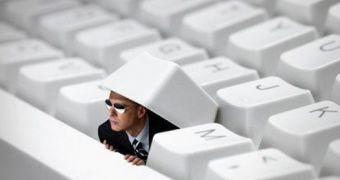Reports are coming in saying an FBI official confirmed that the bureau would be opening up a criminal investigation over claims that Lower Merion School District officials used school-issued laptop computers to illegally spy on their students.
Neowin reports that an unnamed FBI official has spoken to The Associated Press, confirming they will be opening up a criminal investigation over the matter in question. It proceeds to offer information on the case, noting that, “The practice had been in place for the past 14 months but was only discovered recently.”
As reported last week, officials at the Harriton High School in Rosemont are said to have remotely activated the webcam on a student's computer last year because the District believed the respective student “was engaged in improper behavior in his home,” according to The Philadelphia Inquirer. Michael E. and Holly S. Robbins, of Penn Valley, filed a suit on behalf of their son, Blake, and are seeking class action status for it.
In a predictable manner, the School’s response to the accusations brought before it was, “The security feature was installed to help locate a laptop in the event it was reported lost, missing or stolen so that the laptop could be returned to the student.” Attempting to find missing student laptops in the past 14 months, the School administrators said they remotely activated webcams 42 times, but that they never did so to spy on students, according to the lawsuit.
The School also felt compelled to apologize for any inconvenience caused to its students and their families, with Dr. Christopher McGinley, superintendent at the Lower Merion School District, stating, “We regret if this situation has caused any concern or inconvenience among our students and families.”
In the Philadelphia Inquirer report, a person who was the Lower Merion district's technology director is cited as saying that, “If there was a report that a computer was stolen, the next time a person opened it up, it would take their picture and give us their IP [Internet protocol] address – the location of where it was coming from.” Virginia DiMedio explained that this particular feature had been used several times to trace stolen laptops, but there had been no discussion of employing it to monitor students' behavior. “I can't imagine anyone in the district did anything other than track stolen computers,” she said.

 14 DAY TRIAL //
14 DAY TRIAL //